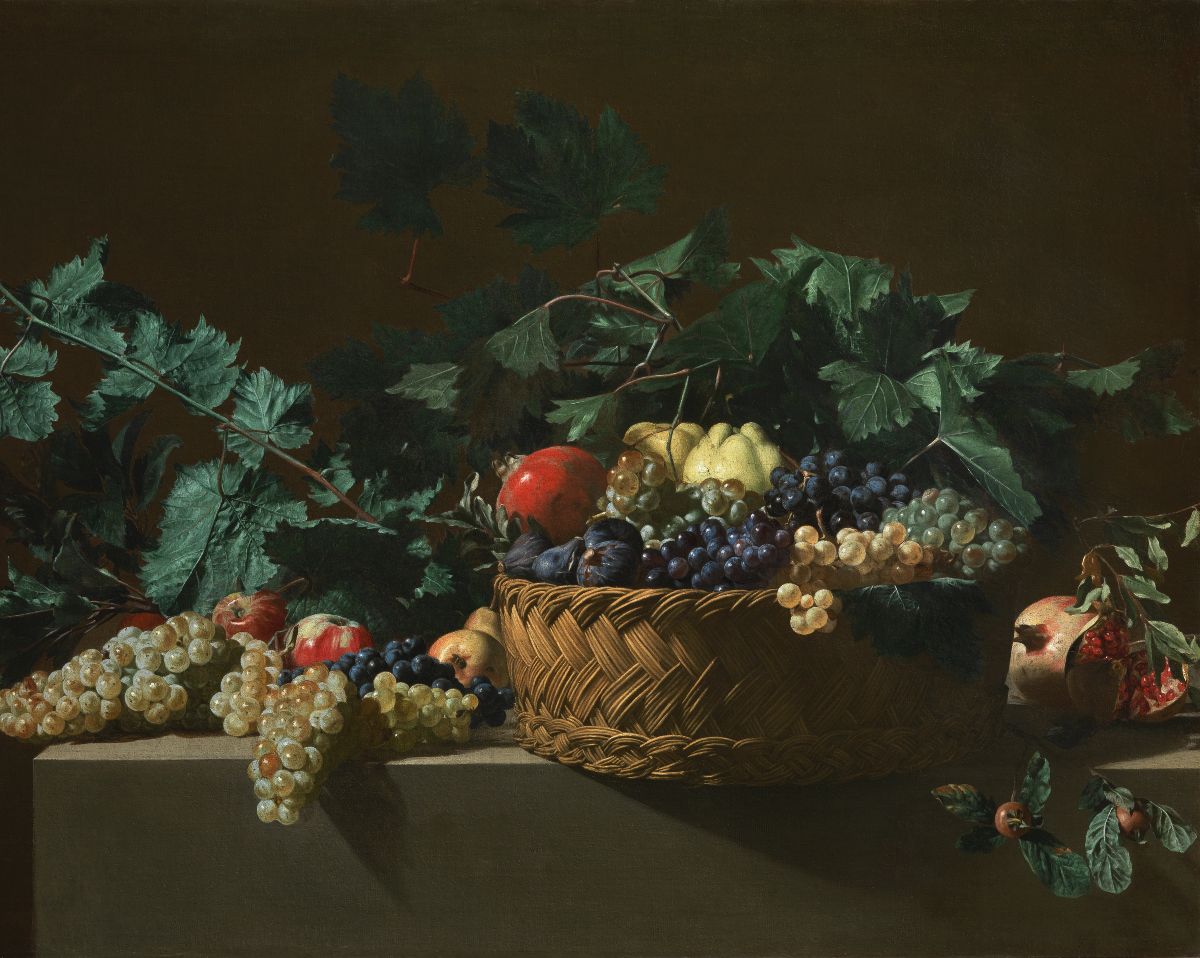
The Colnaghi Old Master Department has one of the most distinguished reputations within the art market internationally, with a tradition of connoisseurship in Old Master paintings as well as drawings, prints, and sculpture that stretches back over two centuries.
The origins of the art dealership trace back to 1760 when Giambattista Torre first opened a shop in Paris dealing in books and scientific instruments. Seven years later, Torre opened a branch in London, which soon expanded into a thriving print-selling business. During the Regency period, Colnaghi became print-seller to the Prince Regent, enjoying close relationships with contemporary artists such as John Constable and Eugène Delacroix. During this period, the gallery served as an agent and adviser to the House of Orleans and played a key role in the creation of the Duc d’Aumale’s great art collection, now at Chantilly.
In 1894, two dynamic partners, Otto Gutekunst and Edmond Deprez, joined the firm and transformed London’s most venerable print shop into one of the leading Old Master picture dealers of the Gilded Age. Although prints remained an important part of Colnaghi’s business until the closure of the Print Department in 1989, the focus of the business increasingly swung towards what Gutekunst called ‘the big-big game’. Sales from this period included important works such as Botticelli’s Story of Lucretia in 1894, followed by Titian’s Rape of Europa in 1896, perhaps the greatest Italian Renaissance masterpiece to cross the Atlantic. In the last decade of the 19th century, Colnaghi also sold highly important works by artists such as Rembrandt and Vermeer to the Berlin Gemäldegalerie.
From 1900 onward, Colnaghi’s business shifted decisively towards America. Initially, the main conduit was the connoisseur Bernard Berenson, through whom Colnaghi sold around thirty works of art to Isabella Stewart Gardner. Colnaghi soon developed an important relationship with the Knoedler Gallery and this partnership led to some of the biggest deals of the early twentieth century, as paintings, sourced mainly by Colnaghi, were sold to collectors such as Henry Clay Frick, Peter Widener, and Andrew W. Mellon, laying the foundations for many of the great American museum collections. The highpoint of this era was undoubtedly the sale, in the early 1930s, of a string of masterpieces from the Hermitage Collection, which were to form the backbone of the National Gallery of Art in Washington.
In the years after the Second World War, Colnaghi made some spectacular sales of Old Master prints and drawings, acquiring en bloc extremely rare prints from the Liechtenstein Collection, most of which were sold to American museums as well as notable Old Master drawings, including Michelangelo’s Dream of Human Life now in the Courtauld Institute. Colnaghi played a pioneering role in the revival of interest in Italian baroque painting starting in the 1960s and 1970s, with notable museum sales including Andrea Sacchi’s Hagar and Ishmael (National Museum of Wales) Guercino’s St Luke Painting the Virgin (Nelson Atkins Museums) and Mattia Preti’s The Feast of Herod (Toledo). The gallery also organized important thematic exhibitions, such as Painting in Florence 1600-1700 (presented at the Royal Academy), Discoveries from the Cinquecento, and Gothic to Renaissance that featured an important pinnacle fragment from Sassetta’s Borgo San Sepolcro Altarpiece. There were also some notable sales of French eighteenth-century paintings during this time period, including an important early Watteau to the Frick Collection.
Between 2002 and 2016, under the aegis of Konrad Bernheimer, the emphasis shifted more towards German Renaissance and Dutch and Flemish seventeenth-century paintings, with monographic catalogues devoted to Cranach and also a very rare religious painting by Frans Hals, his St Mark, which was sold to the Pushkin Museum.
Under Jorge Coll, the Department has had particularly notable sales of Spanish and Italian Renaissance and Baroque paintings, including some very important sales to Auckland Castle, and acquisitions by American museums of Spanish polychrome sculpture, a collecting field that Jorge Coll has actively helped to promote.
Colnaghi’s forthcoming Italian Renaissance exhibition, which brings together important Florentine and Venetian sculptures and paintings by artists such as Donatello, Tullio Lombardo and Tintoretto, reflects both the crucial interrelationship between the two media historically and the significant role which sculpture plays in Colnaghi’s business.